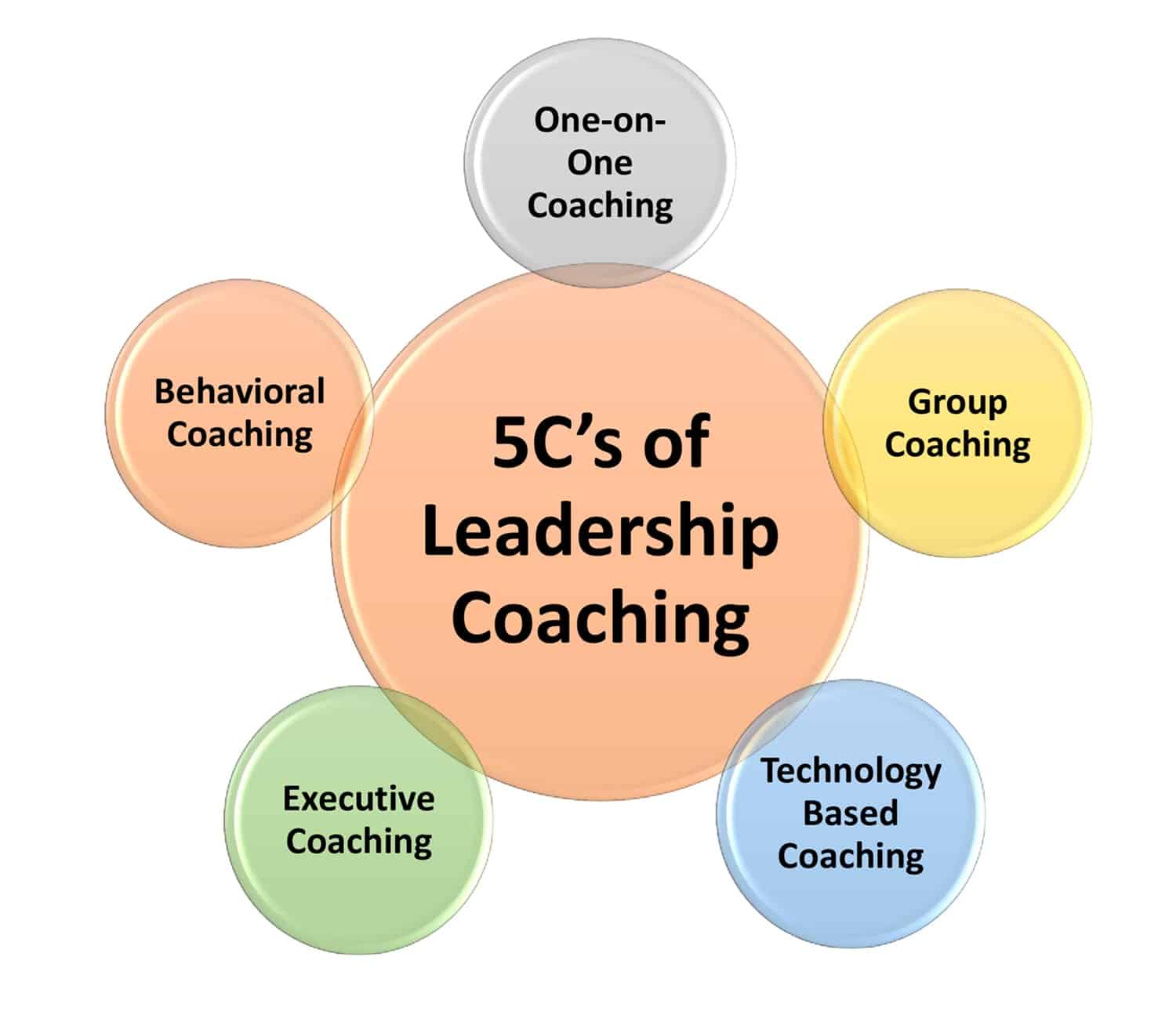Healthy leaders create robust teams and therefore they need to undergo training. Such training programs enable leaders to acquire the necessary skills that help them in their career growth and success.
Leadership Coaching
This type of coaching helps leaders progress in their professional lives. Leadership coaching programs focus on developing the required skills that allow leaders to become successful in their roles. Some of these skills include conflict management, assertive communication, negotiation, people management, and many more.
Leadership coaching can be of different types. The common types of leadership coaching include the following:
1. Targeted behavioral coaching
The primary goal of these training programs is to focus on targeted behavioral changes that enable participants to achieve their desired results at work. It may include changing attitudes and productivity, enhancing team performance, or growing customer satisfaction. Targeted behavioral coaching focuses on those aspects that impact the participants’ productivity and mold them to deliver improved results.
This type of coaching can be of two types:
a) Problem-solving
This kind of training focuses on helping the participants identify their problems and develop an action plan to address them. It includes providing constructive feedback on the effectiveness of the plan and offering whatever support is required for sustainable long-term efficiency.
b) Skill development
Such coaching helps the participants to acquire new skills or hone their existing skills. It may include multiple aspects, such as interpersonal communication, leadership principles, and more. This type of coaching is often beneficial for individuals who want to move into new roles or grow their careers.
2. Group Coaching
These training programs are organized for teams or groups that may or may not comprise leaders at the same levels. Often group coaching is chosen by companies that want their leaders to overcome some common challenges related to their roles, such as inefficient communication, absence of constructive feedback, conflict resolution, and others that are preventing the organization from achieving its goals.
Group coaching may either be:
a) Participative coaching
It involves taking lead roles within the group. The coach attentively listens and provides prompt opportunities for participants to share their thoughts and views. It encourages consensus-building within the teams that enables them to quickly achieve desired goals.
b) Reflective coaching
The participants take turns to become thoughtful coaches. This encourages all the participants to share their ideas, thoughts, and views freely without any pressure or inhibitions.
3. One-on-one coaching
It is personal and targeted wherein the trainer meets the participating individual to discuss their objectives and find ways to achieve these. Since the coaching is focused only on one participant, it allows the individuals to receive customized advice, insights, and learnings that can help them overcome the specific challenges faced by them. One-on-one coaching is chosen by organizations that focus on helping their leaders enhance or improve their skills and shortcomings and is beneficial in achieving overall company goals and objectives.
4. Executive Coaching
An executive coaching program differs from one-on-one coaching in that the former focuses on the development of leadership abilities and skills. Often, such training is suitable for people who have management experience and are in leadership roles. Executive training focuses on leaders who hold the potential to further grow in their careers and help their teams become more successful, which in turn increases organizational progress.
Such coaching programs are popular when companies want to develop their in-house talent. The training is beneficial to overcome challenges, build new skills and hone existing skills, and develop successful habits, which include hard and soft skills.
5. Technology based coaching
Such training programs focus on using technical development for imparting learnings, such as effective communication, improved performance, and team collaboration. These programs can be customized to focus on certain areas, such as leadership skills or achieving work-life balance. Technology-based coaching uses video conferencing tools, booklets, quizzes, and toolkits to deliver the learnings.
The five Cs of leadership coaching include competence, confidence, connection, character, and contribution. Competence requires developing the necessary skills and knowledge. Confidence brings in more self-assurance and belief. Connection focuses on building robust relationships while character focuses on ethical and moral development. Lastly, contribution means giving back and creating a positive impact on others.
Leadership coaching is very valuable and life-changing and helps leaders grow their teams and achieve personal and organizational goals. Individuals must take time to research different options to find one that best suits their requirements.





